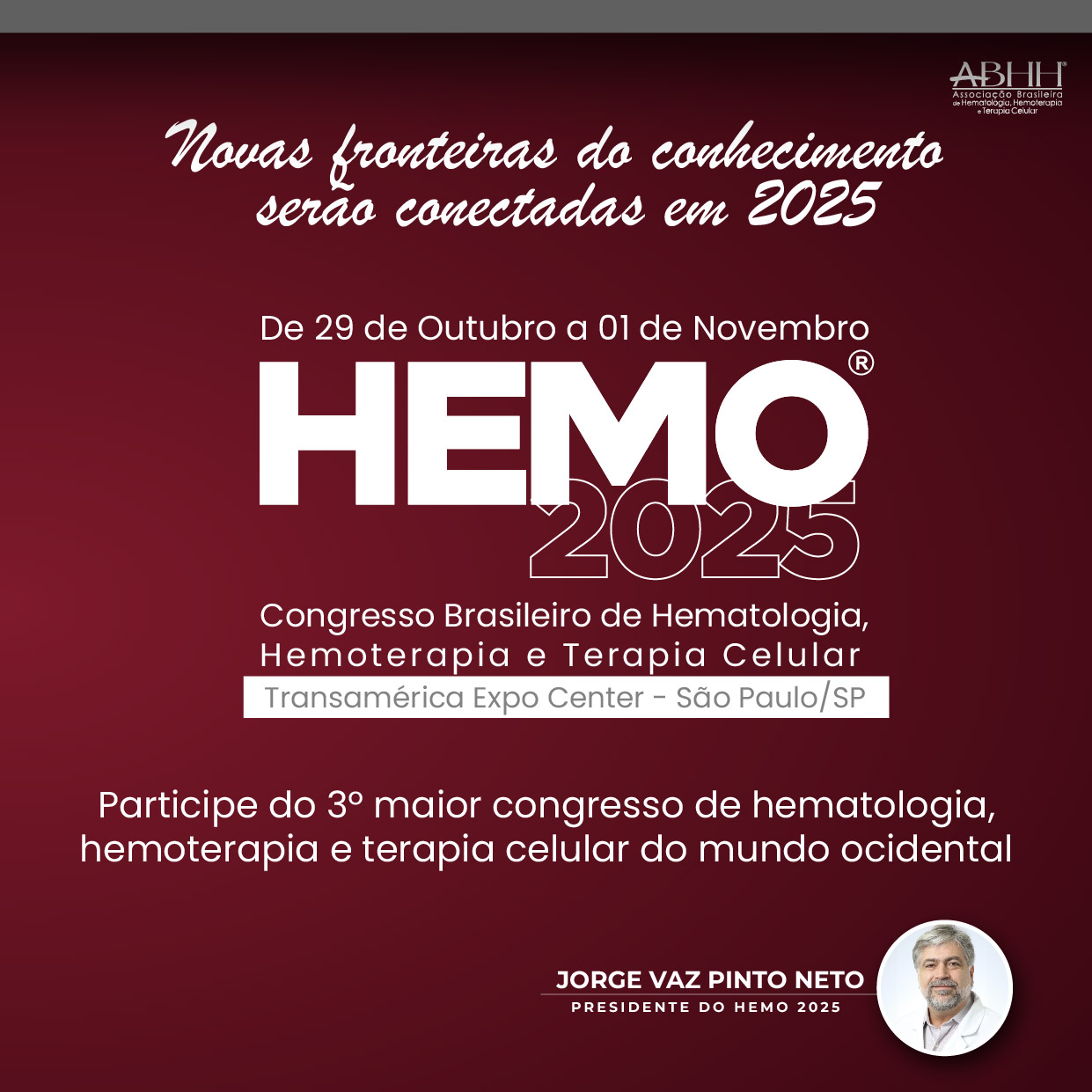Background: The endoplasmic reticulum (ER) is a subcellular compartment for synthesis, folding, and trafficking of secretory and cell-surface proteins. The ER is highly sensitive to stress that perturb Ca+2 concentration. Such stress reduce the protein folding capacity, which results in accumulation of unfolded protein in the ER lumen. ER stress triggers unfolded protein response (UPR) to counteract the deleterious consequence of ER stress and restore ER homeostasis, if stress is prolonged, signaling switches from pro-survival to pro-apoptotic. Artemisinin (ARS), a sesquiterpene lactone, is a frontline drug used against uncomplicated malarial infections. One mechanism of the antimalarial activity includes the inhibition of sarco/endoplasmic reticulum Ca+2 ATPase orthologue of Plasmodium falciparum. Beyond the anti-malarial effects, increasing evidence has suggested that artesunate (ART), a water-soluble derivative, has antitumor activity. Aims: To evaluate the effects ART in leukemic cells in vitro and in vivo. Methods: The cell lines U937 and HL-60 were cultured in RPMI 1640 and IMDM medium, respectively, and supplemented with 10% (v/v) heat-inactivated fetal bovine serum and antibiotics. Cell viability was determined by MTT assay. Apoptosis was evaluated using annexin-V and propidium iodide (PI) staining (FACSCalibur). Quantification of several proteins of the apoptosis and ER stress pathway was performed by western blot. To examine the potency of ART in vivo, U937 cells were subcutaneously injected (107 cell/mouse) into 8- to 11-week-old NOD.CB17-Prkdcscid/J mice and when the volume reached 100 mm3 the mice were randomized into groups and intraperitoneally injected with vehicle or ART 200 mg/kg thrice a week. Results: ART initiated a stress response 1h and 2h after drug treatment with 1mM in U937 and HL-60 cell line, respectively, with eukaryotic translation initiation factor 2α (eIF2α) phosphorylation. Activating transcriptional factor 4 (ATF4), that is central to PERK-governed signaling, activated upon the phosphorylation of eIF2α at 4h and 6h in U937 and HL-60 cell line, respectively. Subsequently, the transcription factor C/EBP homologous protein (CHOP), whose induction strongly depends on ATF4, was activated 6h and 12h after ART treatment in U937 and HL-60 cell line, respectively. Additionally, an increased protein expression level of Noxa was observed in both cell lines at 24h after treatment. ART derivatives inhibited proliferation of both cell lines in a dose- and time-dependent manner when compared to cells treated with the vehicle (DMSO). ART treatment at 1mM increased the apoptotic cell percentage (n = 4, p = 0.0286, increase of 25.9% in U937 and 19.1% in HL-60 after 24h). Furthermore, ART-treated tumors (n = 10) was 52% less than the average volume of vehicle-treated tumors (n = 9) (p = 0.0071). Besides that, no weight loss was observed in both groups. Conclusions: Our preliminary results demonstrated that artesunate has anticancer activity in vitro and in vivo. ART induced expression of the ER stress markers ATF-4 and CHOP, the latest is well known to promote apoptotic cell death. These pathways are being evaluated for further understanding of the mechanisms mediating the anti-leukemic effects of ART.
The Impact Factor measures the average number of citations received in a particular year by papers published in the journal during the two preceding years.
© Clarivate Analytics, Journal Citation Reports 2025
SRJ is a prestige metric based on the idea that not all citations are the same. SJR uses a similar algorithm as the Google page rank; it provides a quantitative and qualitative measure of the journal's impact.
See moreSNIP measures contextual citation impact by wighting citations based on the total number of citations in a subject field.
See more





